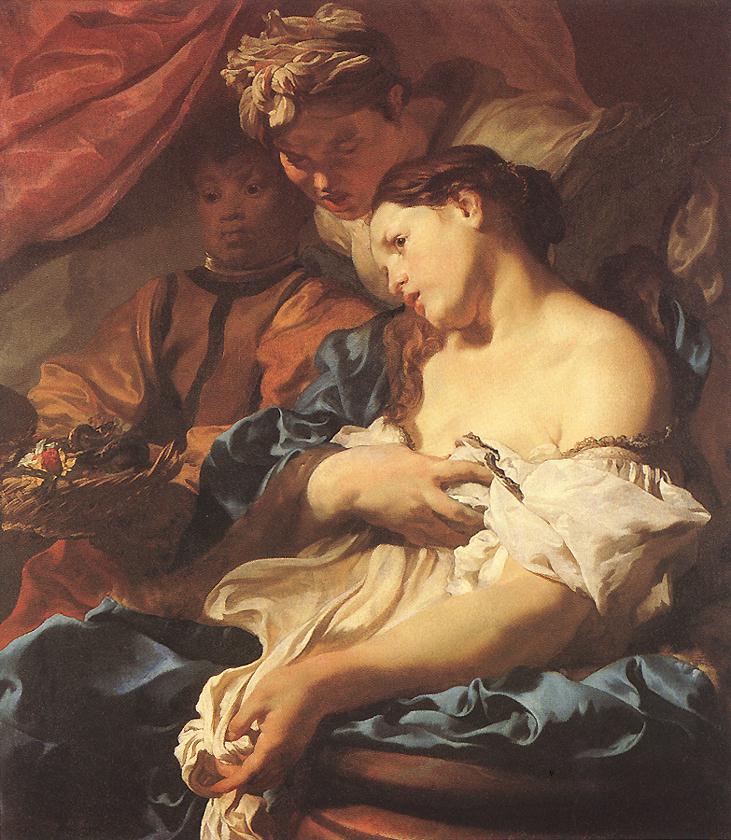A couple of years ago, we took a day trip to
Plimoth Plantation, and I took a few art reference photos. I have chosen several of these images to create a new series, A Day in the Colony. The image for the first painting appears below. It's called, "Out for a Walk."
 |
| Out for a Walk, 2009, Kelly Mann |
After I edit and enhance the image in Photoshop CS5, I create a grayscale version of the image. This will serve as my reference for values when I start the painting in the
Verdaccio technique (see below).
 |
Out for a Walk, 2009, Kelly Mann
Grayscale version |
Next, I select a canvas, and then crop the image to the proportions of the canvas, adding an overlay grid in Photoshop equal to 1 inch increments. I have selected a 14"x18" canvas, and I lightly draw a 1" grid onto the canvas.
 |
| Gridded canvas |
Here is the gridded canvas next to a print of the grayscale image. It is hard to see, but both the photo and the canvas have square grids. Each square on the photo will match up with a corresponding square on the canvas.
 |
| Gridded canvas with reference photo |
Now, using the grid method, I sketch in the main shapes of the composition, adding detail only where necessary. I use a sharpened charcoal pencil.
 |
| Sketching onto the canvas |
The sketch is complete, so I spray it with a fixative to prevent smudging.
 |
Completed sketch, fixed on the canvas. Ready to go!
|
I use the
Verdaccio technique of painting, which involves creating an underpainting with a mixture of white, green, and black. Some artists also use yellow. I use white, terra verde, and mars black for colors. This technique allows me to replicate all the tonal values of the composition without regard for color. By simplifying the composition down to a value study, corrections can be made without making color mistakes. The underpainting can be as simple or as complex and detailed as the artist prefers. I favor a more detailed underpainting, because I can then use
glazing and scumbling to build successive layers of colors. This produces great depth and translucency in the final painting. The photo below shows the beginning of the underpainting.
 |
Beginning the underpainting
|
I start the underpainting by looking for large shapes, and replicating their value from the reference photo. As I progress to painting in smaller and smaller shapes, more detail emerges. The underpainting becomes a tonal map for the finished painting. At this point, I have worked on the painting for about 11 hours total.
 |
| Continuing the underpainting |
I still have about 10 to 12 more hours to complete the underpainting. It may seem like an extraordinary amount of time to spend on just the underpainting, but this method allows me to actually work quite quickly on the color layers.

















